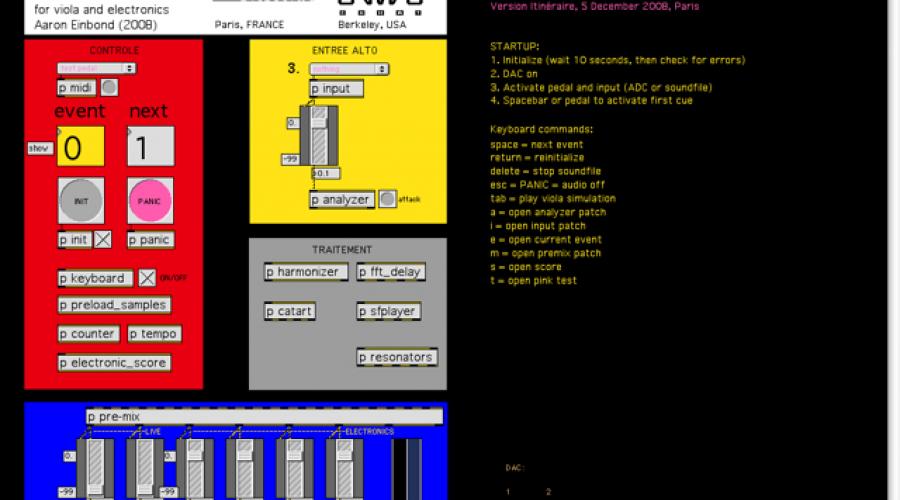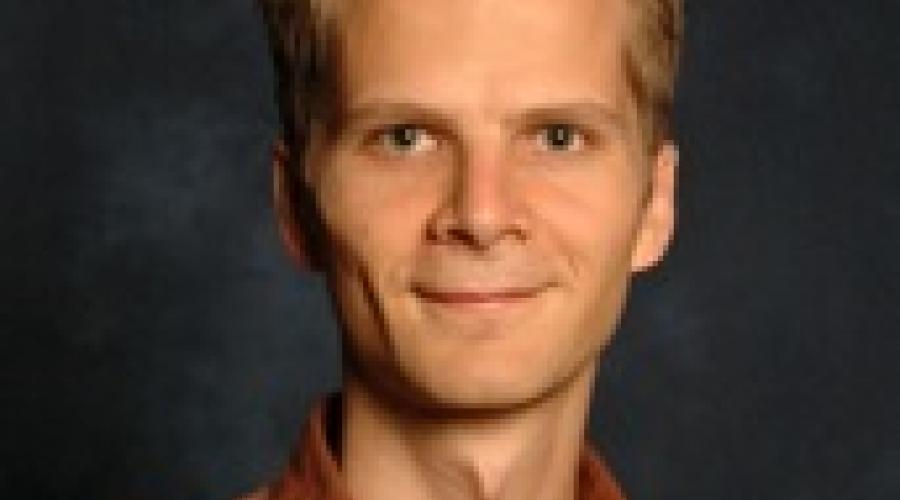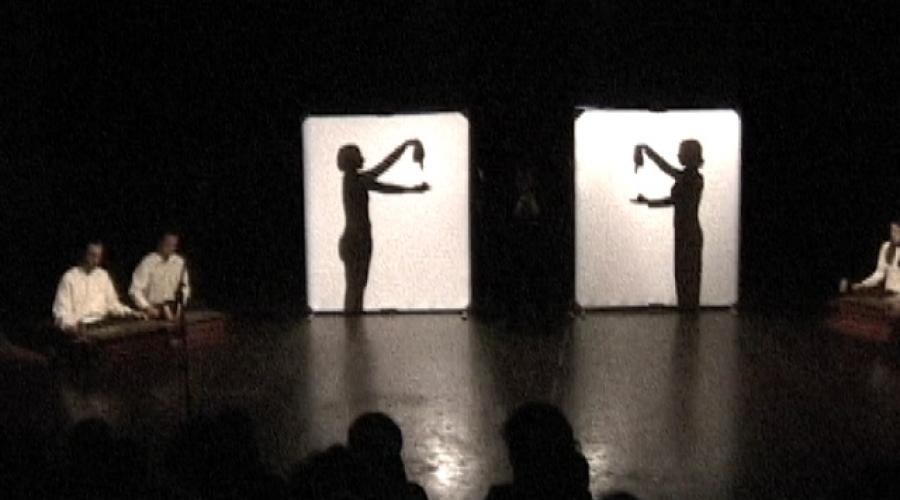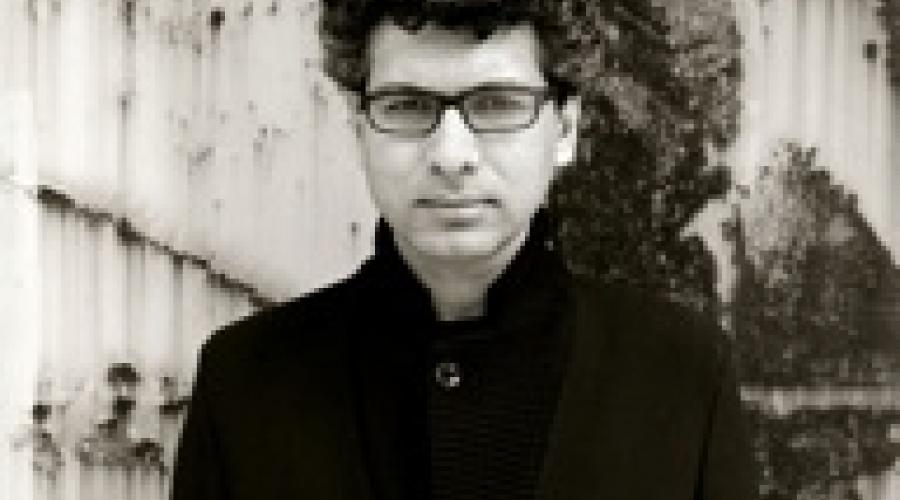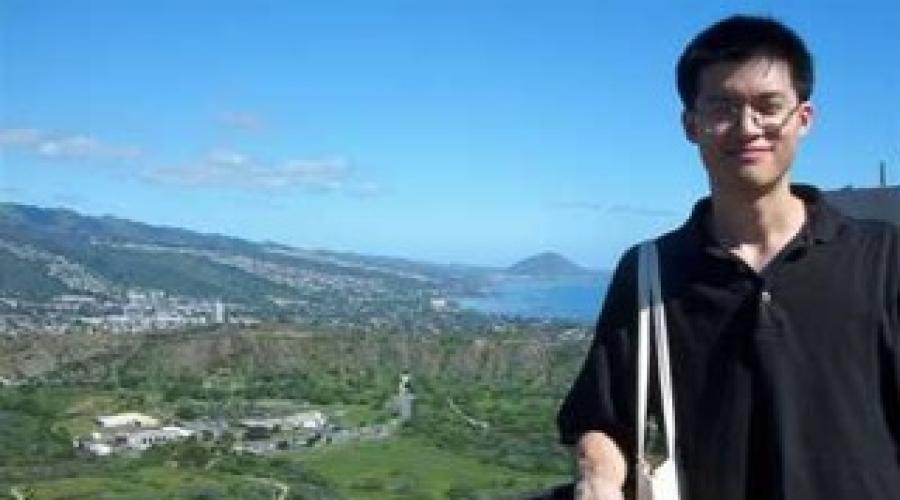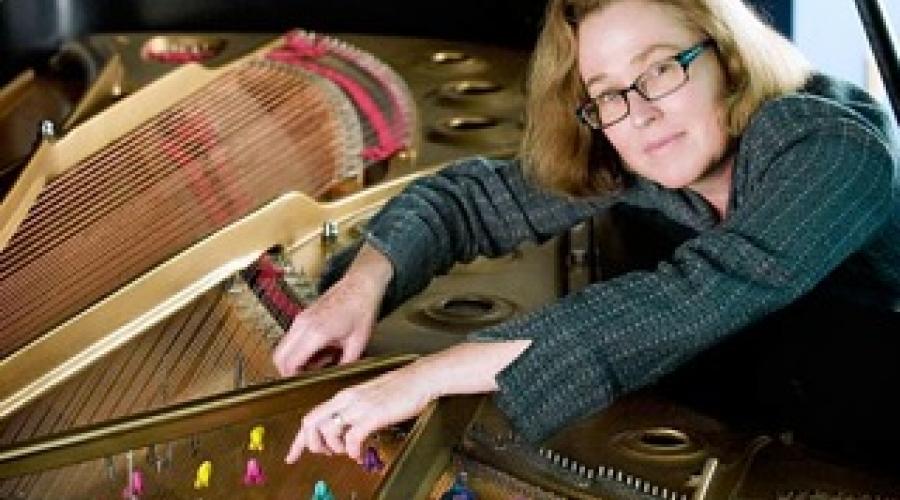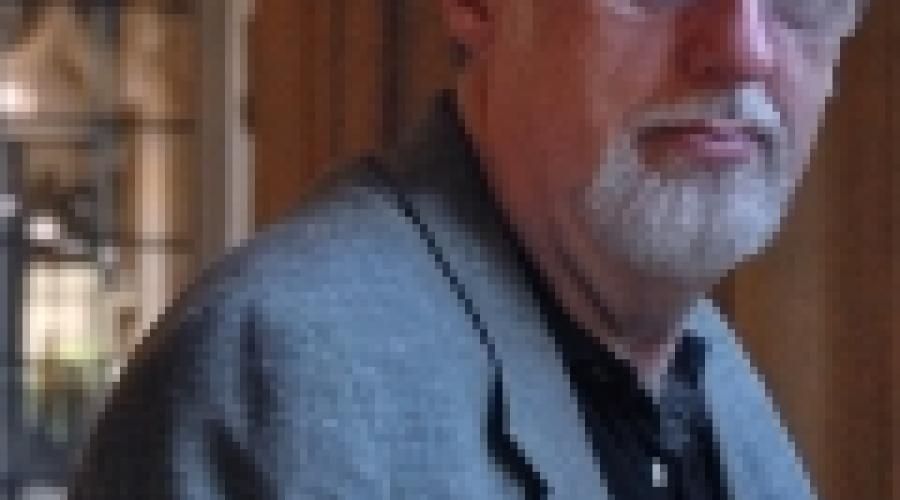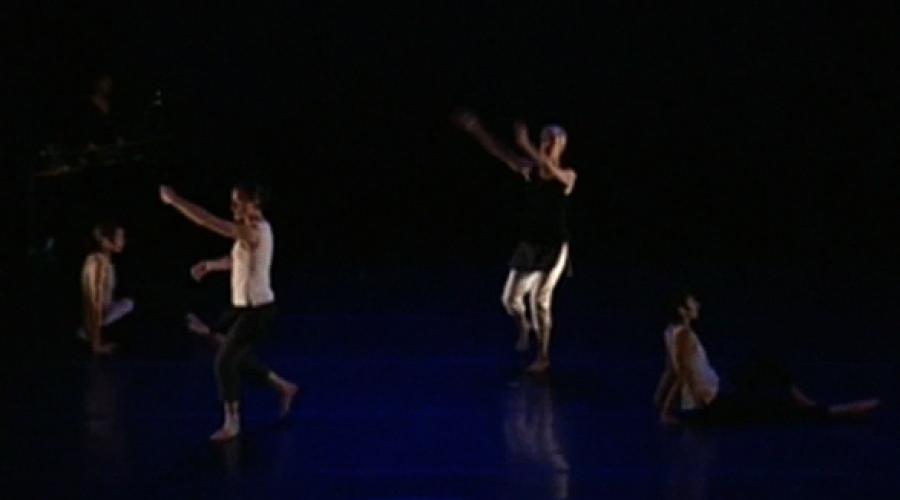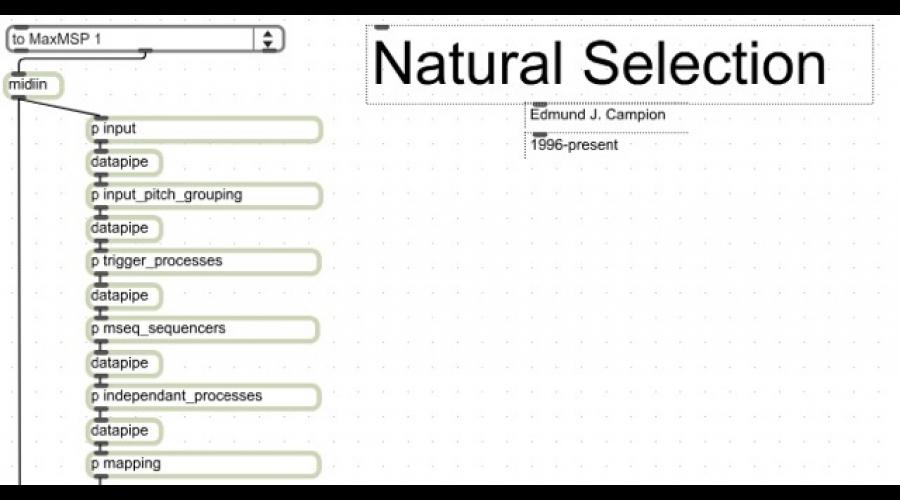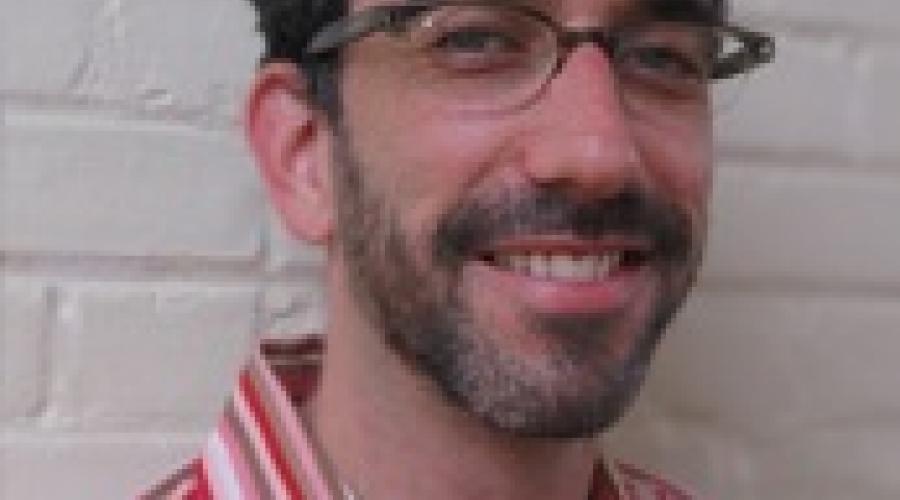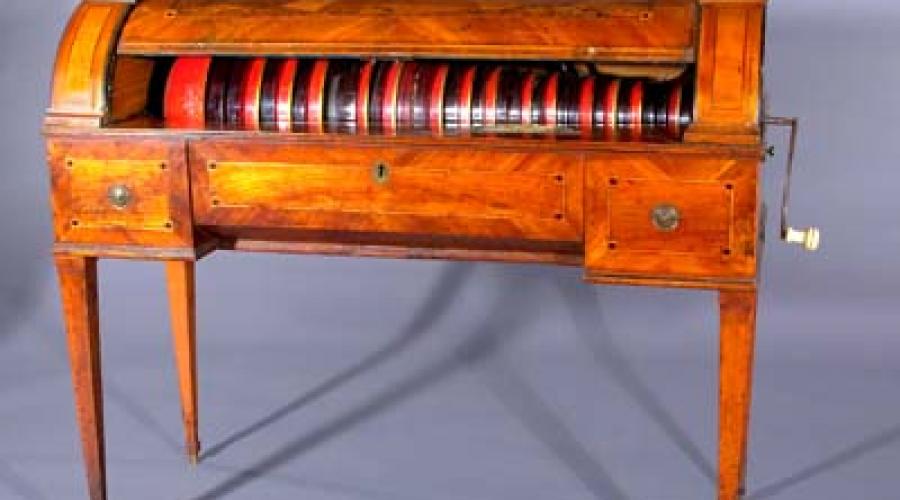Computer and Electronic Music
Aaron Einbond - Beside Oneself
Scored for viola and live electronics
Beside Oneself
Beside Oneself for viola and live electronics
Most people think what could I do, I think what shouldn't I do. What I should do perhaps is involved with the fact that I'm Jewish and what is known as Jewish paranoia. I don't feel comfortable enough to feel that everything is on my side and that it's going to work just the way I want it.
--Morton Feldman
lumen
“Lumen” is an hour-long composition in three movements. Using shadow screens, precise mime-like movement, and a unifying musical language, the movements work together to create a narrative form inspired from both Javanese shadow play and early silent cinema. The three movements can also be performed individually.
I. Lumen Prelude -- in which we are introduced to our
Threads
Threads
Electroacoustic sextet
Commissioned by the Paul Dresher Ensemble
Composed 2002 while a graduate student at UC Berkeley, realized at CNMAT
Premiered February 28, 2003 at ODC Theater, San Francisco, CA
viola samples performed by KURT ROHDE
bass clarinet samples performed by PETER JOSHEFF
Recorded on In Sound (Tzadik) by Paul Dresher Ensemble
KAREN BENTLEY violin
Study No. 1
Study No. 1 is the first of a series of studies for piano and electronics. The piano’s role is to ‘trigger’ the electronic sounds at particular points in the score, an image of which is saved inside an MAX/MSP processing station. This gives the performer great timing flexibility.
Hysteria
Hysteria (2000) for trombone and electronics.
music by Cindy Cox.
text by John Campion.
trombone performed by Abbie Conant
Crosstalk
crosstalk
(duet for pianist and piano)
composed by jay cloidt, 2007
commissioned by nancy karp + dancers
programming by barry threw
performed by marja mutru, piano
Natural Selection (Nat-Sel)
NATURAL SELECTION (NAT-SEL) a real-time performance environment for computer and midi-equipped acoustic piano, 1996-present.
Melodrama, nach Beethoven
Beethoven’s Melodram, for glass harmonica with recitation, was composed in 1814 as incidental music for Friedrich Duncker’s drama entitled Leonore Prohaska. My Melodrama, for electronic medium, was composed in 2003 as a long coda, attached to the end of Beethoven’s trifle.


